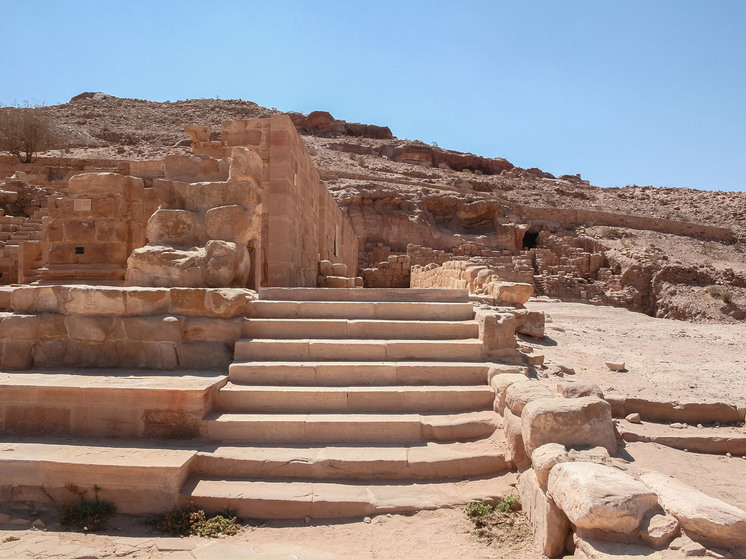«She was completely independent»
Ancient scrolls have revealed amazing information about the life of a Nabataean woman who lived in the first century AD in the famous Petra in modern Jordan.
< img src="https://static.mk.ru/upload/entities/2023/12/18/10/articles/detailPicture/12/d0/81/30/0dfc5ec5dc46a38c07270b5fff02a2d8.jpg" class="article__picture-image" alt =""She was completely independent" />
Petra was the capital of a powerful trading empire two thousand years ago. This city was founded by the Nabataeans, the indigenous people of this land who specialized in trade and for many years served as the political, cultural and economic center of the region, recalls arkeonews.net.
Petra is an ancient city in Jordan, famous with its remarkable architecture carved into the rock. Founded by the Nabataeans around the 4th century BC, it later came under the control of the Roman Empire.
The city is famous for its monumental structures carved into the sandstone cliffs, particularly the impressive mausoleum known as Al-Khazneh, or the Treasury. Petra remained a hidden gem for a long time until it was rediscovered in the 19th century. It is listed as a UNESCO World Heritage Site.
The ancient capital has a rich history dating back thousands of years. Archaeologists have previously found a number of documents on this rich history that provide valuable insight into the lives of the city's prehistoric inhabitants.
A new discovery was made in 1961 by a team of archaeologists working in the area. Documents such as the Dead Sea Scrolls were left in the cave for about 2,000 years.
They were featured in the Smithsonian Channel documentary Sacred Sites: Petra, where the narrator stated: «They reveal amazing information about the life of a Nabatean woman named Abi-Adan, who lived in the first century AD.»
This woman owned a large date palm garden at Maoz near the Dead Sea, indicating that women in ancient Petra were able to generate significant wealth.
The documents are now in the possession of the Israel Antiquities Authority, and Professor Hanna Cotton-Paltiel of the Hebrew University of Jerusalem is an expert on them.
“Abi-adan is a Nabataean, and what is interesting about these two documents is that she is selling the same orchard, first to one person, and then to another,” she explained.
Archelaus, the Nabataean strategist, more or less the governor of the province, first bought the Abi-Adan orchard, and a month later the woman sold the orchard to another man named Shimon. The documents demonstrate not only her literacy, but also her position in society, since her lands bordered the lands of the Nabatean king.
Professor Hannah Cotton-Paltiel explained: “These are basically legal documents. This is not a woman's diary. But I always feel that behind the documents dictated to the scribes there are women who know what they want. The message you get from the documents is that she was completely independent.
Professor John Healy of the University of Manchester looked at the documents and how society functioned in Petra and noted that women had &ldquo ;freedom of choice during this period”.
The set of documents has revealed an unprecedented amount of information about the people who once called Petra home, notes arkeonews.net.























































Свежие комментарии